Sasanishiki rice once rivaled Koshihikari in popularity, cherished in countless Japanese homes. Its refined taste and remarkable ability to complement other ingredients—a true culinary supporting star—ensure its appeal endures. This article delves into everything Sasanishiki: its basic profile, history, delicious ways to enjoy it, and even where to find it.
Basic Information about Sasanishiki
Sasanishiki is a rice variety that researchers developed in Miyagi Prefecture in 1963. It features low stickiness, light and elegant flavor, and delightfully fluffy texture, with grains that separate easily in the mouth. Once the second most widely cultivated rice variety after Koshihikari, Sasanishiki enjoys wide recognition as a premium rice brand in eastern Japan.
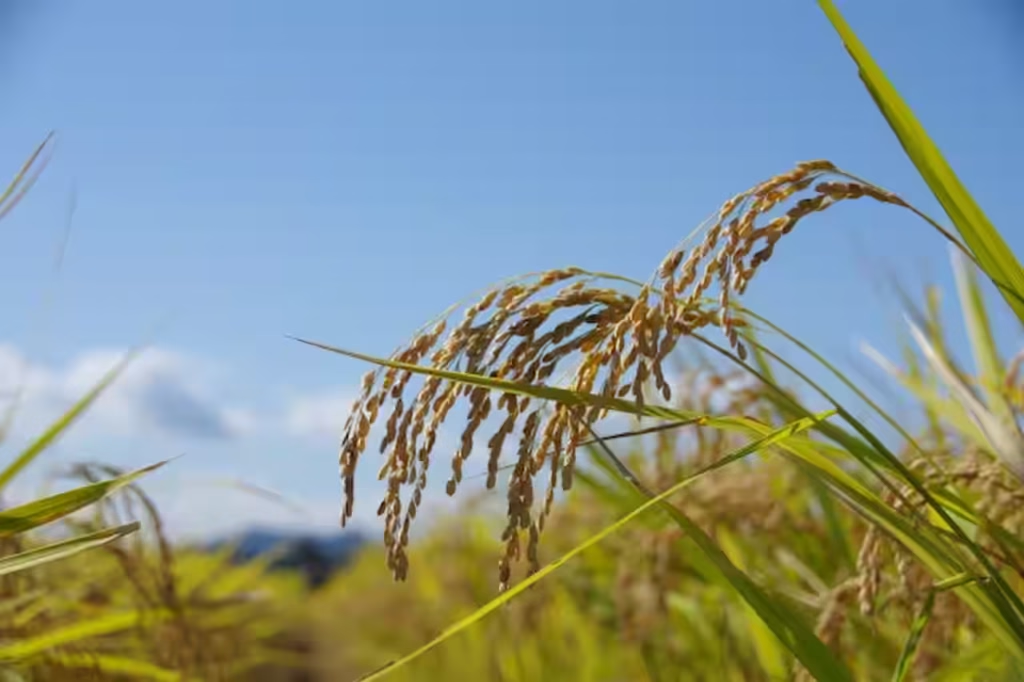
Characteristics of Sasanishiki
The primary appeal of Sasanishiki lies in its light texture and subtle, elegant sweetness. It’s not overly sticky, allowing each grain to maintain its distinct form and separate delicately in the mouth. It retains its flavor well even when cold, making it perfect for bento boxes and onigiri (rice balls). Because it enhances the natural flavors of other ingredients, it’s highly esteemed for all types of Japanese cuisine, particularly as sushi rice.
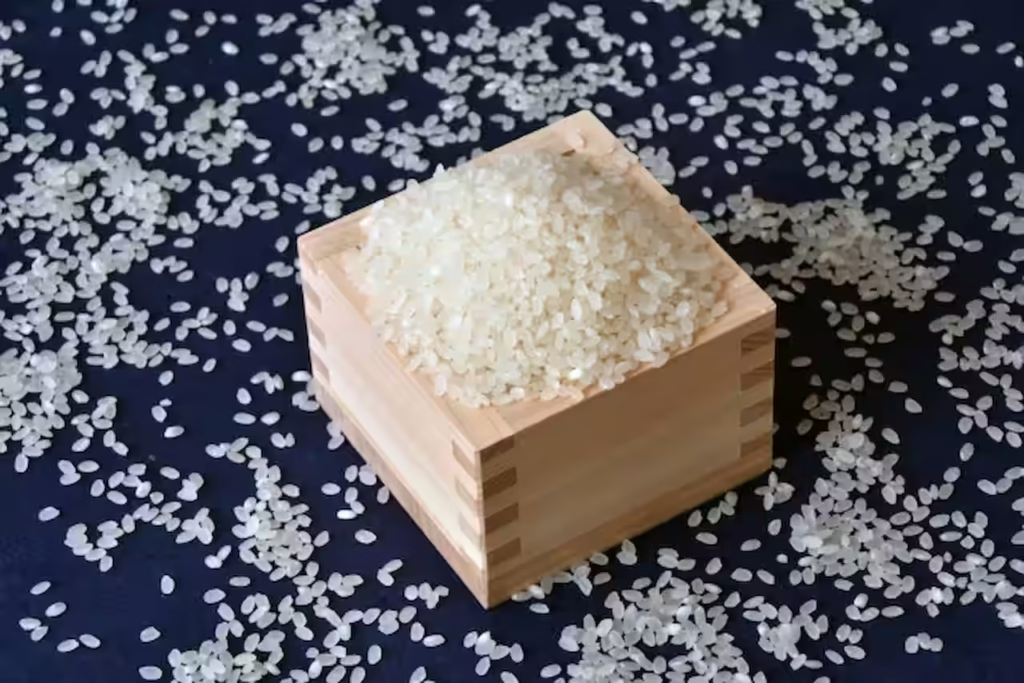
The History and Development of Sasanishiki
Researchers developed the Sasanishiki variety of rice in 1963 at the Furukawa Branch of the Miyagi Prefectural Agricultural Experiment Station (now the Miyagi Prefectural Furukawa Agricultural Experiment Station). They created it by crossbreeding Sasashigure, known for its excellent taste, with Hatsunishiki, a high-yield, disease-resistant variety.Sasanishiki inherited the best traits of both.
Its name, “Sasanishiki,” combines “Sasa” from Sasashigure with “Nishiki” (brocade), reflecting the beauty of its abundant golden ears and the hope that it would rival Koshihikari.
During Japan’s period of high economic growth and dietary diversification, its refined taste gained widespread consumer support, leading to a rapid expansion in cultivation. By 1990, it was the second most cultivated rice in Japan after Koshihikari, marking a significant era. However, challenges such as its vulnerability to cold weather and consumers’ evolving preference for stickier rice have led to a decline in its production. Nevertheless, Sasanishiki maintains a loyal following, and its exceptional taste is still highly regarded.
Where Does the Best Sasanishiki Come From?
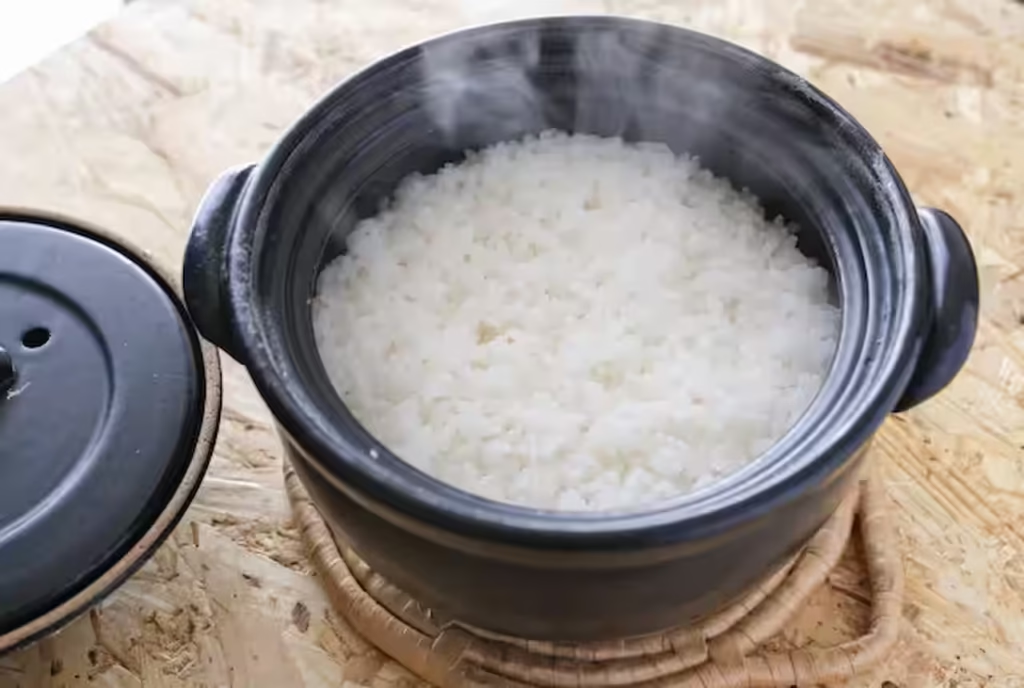
As Sasanishiki originated in Miyagi Prefecture, rice from Miyagi Prefecture is considered the most authentic and highly rated. In particular, the Tome and Osaki regions in northern Miyagi are known for producing high-quality Sasanishiki due to their ideal climate and soil conditions.
These areas benefit from significant day-night temperature variations and abundant water resources—key elements for growing delicious rice. While other regions also produce excellent Sasanishiki thanks to dedicated farmers, choosing Miyagi-grown rice is recommended if you’re seeking the authentic taste.
FAQ
- What kind of dishes pair well with Sasanishiki?
Sasanishiki is less sticky and light, making it ideal for dishes where you want to appreciate the individual grains. Specifically, it’s recommended for sushi, onigiri (rice balls), donburi (rice bowls), fried rice, and curry rice. It complements Japanese cuisine in general as it enhances the natural flavors of ingredients.
- What’s the main difference between Sasanishiki and Koshihikari?
The biggest difference is stickiness and texture. Sasanishiki is less sticky, light, and separates easily in the mouth. Koshihikari, on the other hand, is stickier with a mochi-like (chewy) texture and stronger sweetness. Preference depends on the individual.
- Where can I buy Sasanishiki?
You can purchase it at rice specialty stores, supermarkets, and department stores nationwide. It’s also widely available through online shops. If you’re specifically looking for Miyagi-grown Sasanishiki, consider prefectural “antenna shops” (promotional retail outlets) or online stores that offer direct-from-farm shipping.
Restaurants Where You Can Enjoy
Sushi-dokoro Shigeru (すし処 志げる)
This is an established sushi restaurant located in Kokubuncho, Sendai City. The owner selects fresh toppings daily at the market and pairs them with shari, or sushi rice, made from Miyagi-grown Sasanishiki rice. The rice’s perfectly balanced stickiness and light flavor accentuate the umami of the toppings. While adhering to traditional Edomae sushi techniques, the restaurant incorporates local ingredients, earning high praise from locals and tourists alike. You can enjoy freshly made sushi at the counter while watching the chefs prepare it. It’s a renowned spot for an authentic sushi experience and to enjoy the delightful marriage of Sasanishiki rice.
Okomeya Ryori Komedori (お米や料理 こめどり)
Japanese restaurant in Kanda, Tokyo, that specializes in rice. A key attraction is their selection of several carefully chosen rice varieties from across Japan, including Sasanishiki, allowing you to pick rice that best complements your dish. The restaurant often serves Sasanishiki with grilled fish set meals or as Tamago Kake Gohan (rice with raw egg), highlighting its light and elegant flavor. To bring out the maximum flavor of the rice, they carefully cook it in a traditional donabe (earthenware pot). The restaurant has a warm, calming atmosphere with wooden decor, perfect for a relaxed meal. It’s a must-visit for rice lovers looking to rediscover the charms of Sasanishiki.
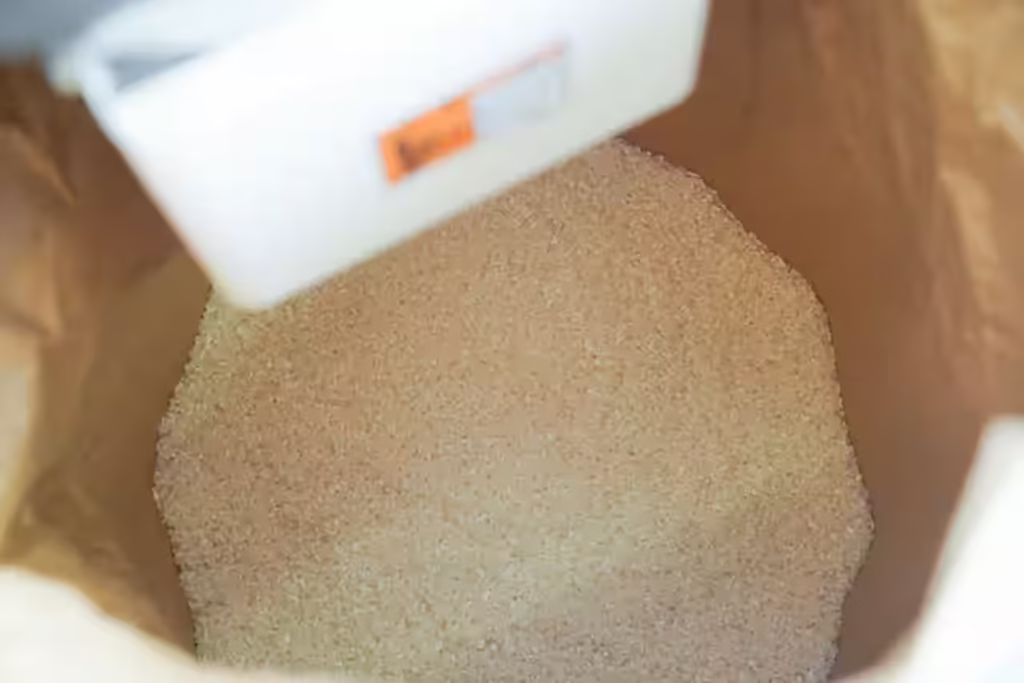
Article Summary
Sasanishiki, with its characteristic low stickiness and light, elegant flavor, once held a prominent place on Japanese dining tables. It remains cherished by many for its ability to enhance other ingredients and retain its deliciousness even when cool. It’s particularly well-suited for dishes where the individual grain texture is appreciated, such as sushi and onigiri.
Understanding its history and the dedication behind this signature Miyagi Prefecture rice can make tasting it an even richer experience. While its cultivation has decreased, and it might be less common to see today, its undeniable quality endures. We encourage you to take this opportunity to try the unique texture and flavor of Sasanishiki—it’s a chance to rediscover the depth of Japan’s rice culture.
Check here for other major Japanese rices
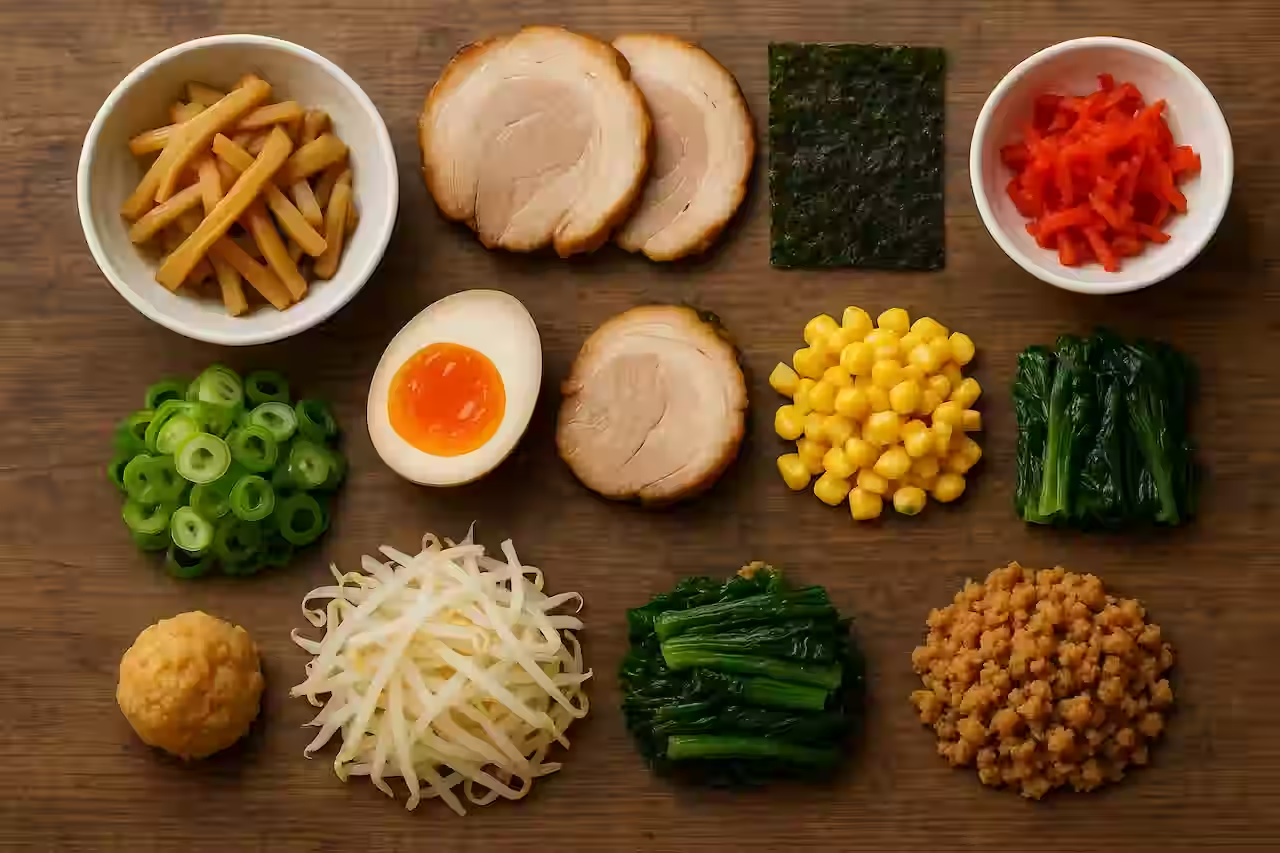
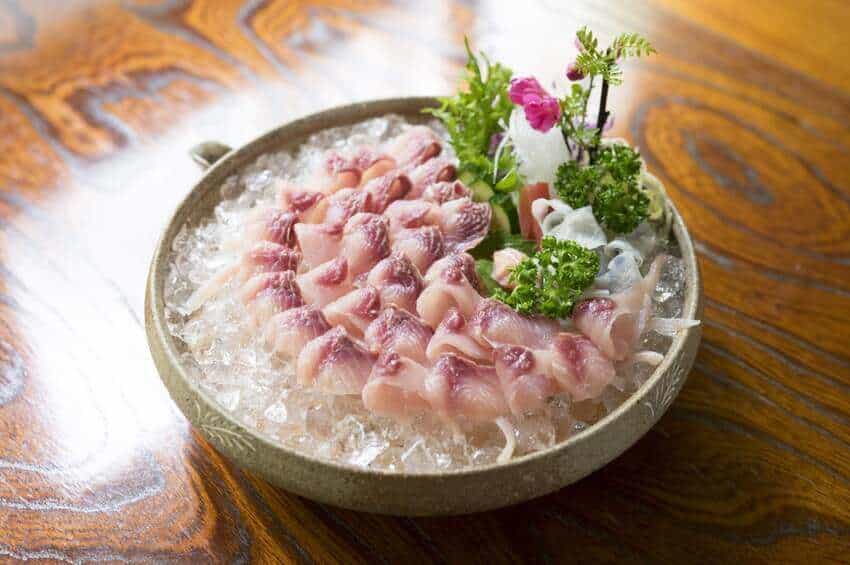
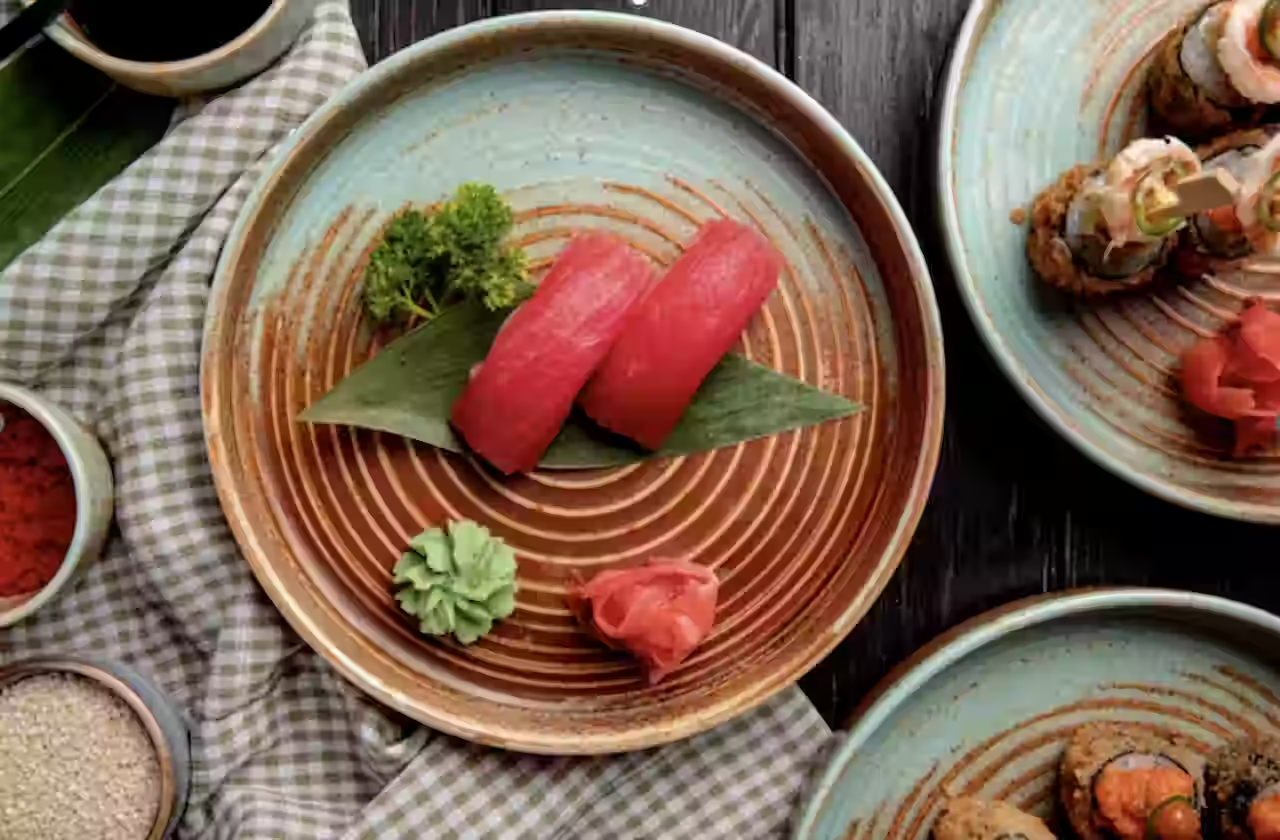
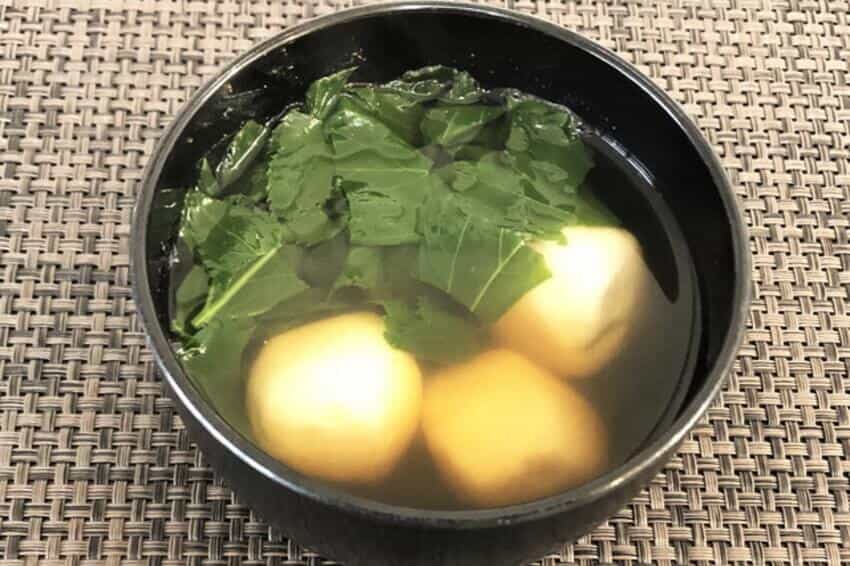
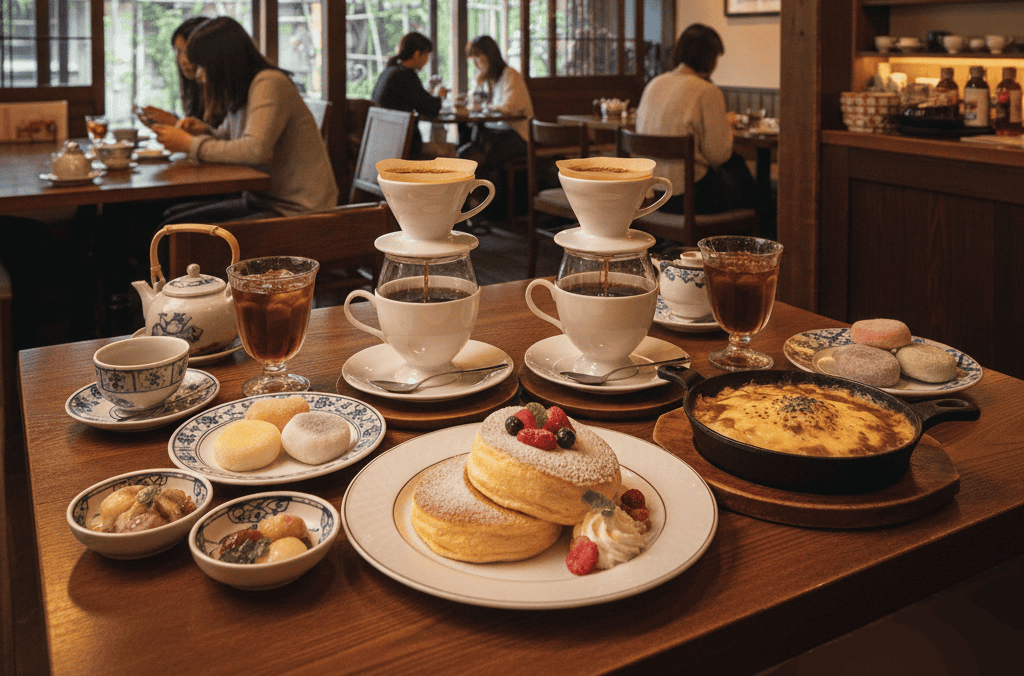

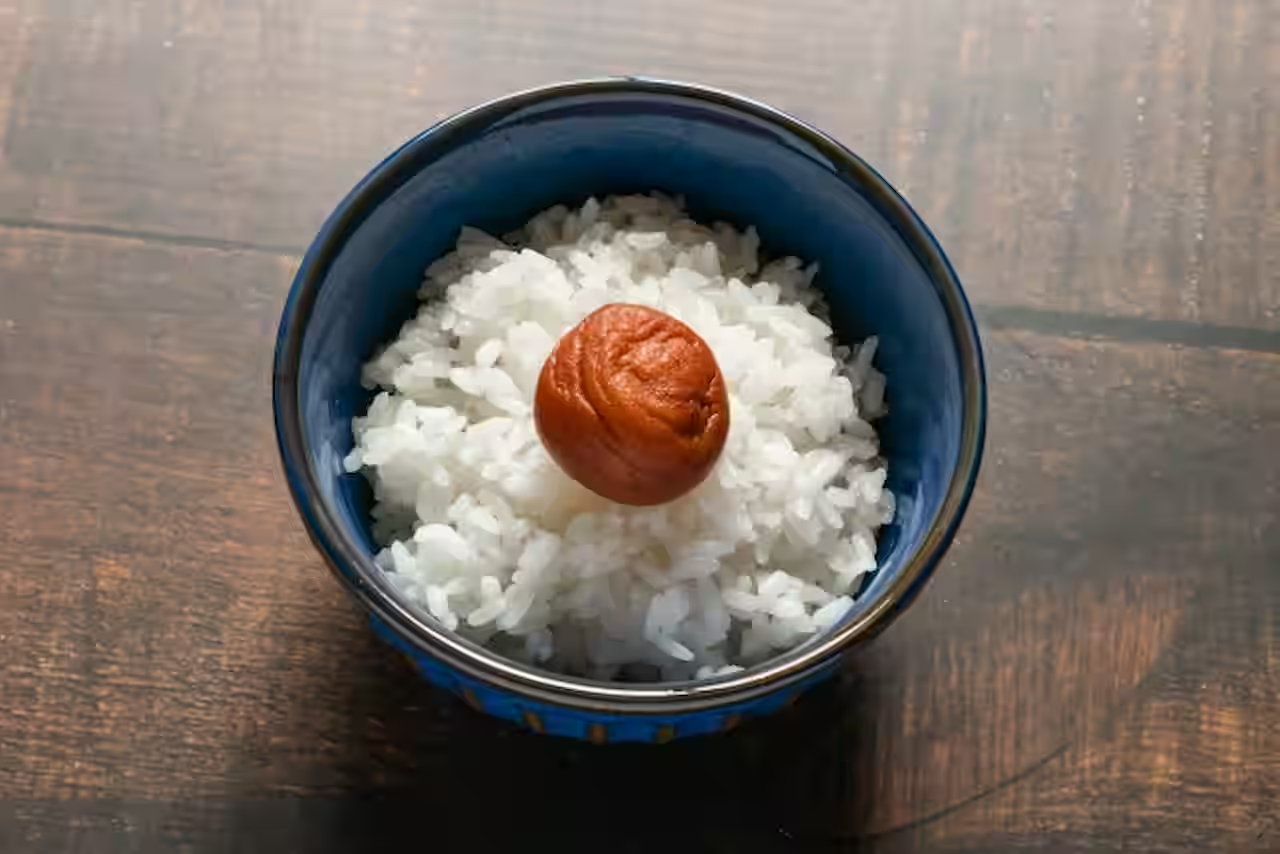
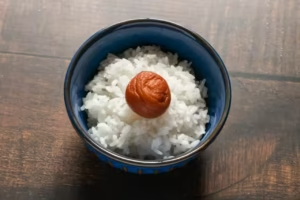
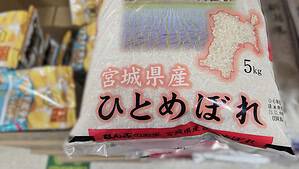
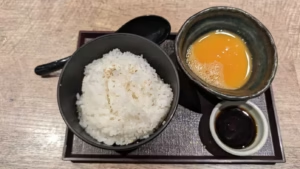
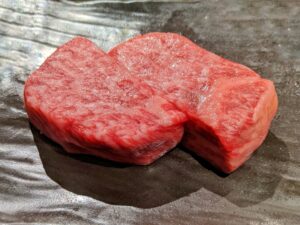
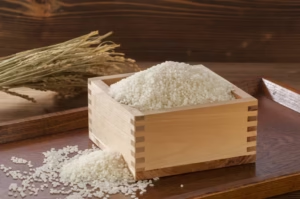
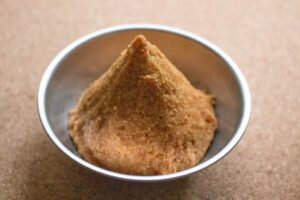
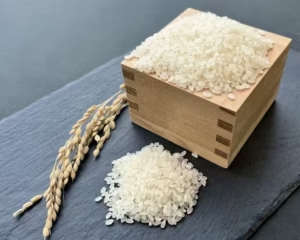
Comments